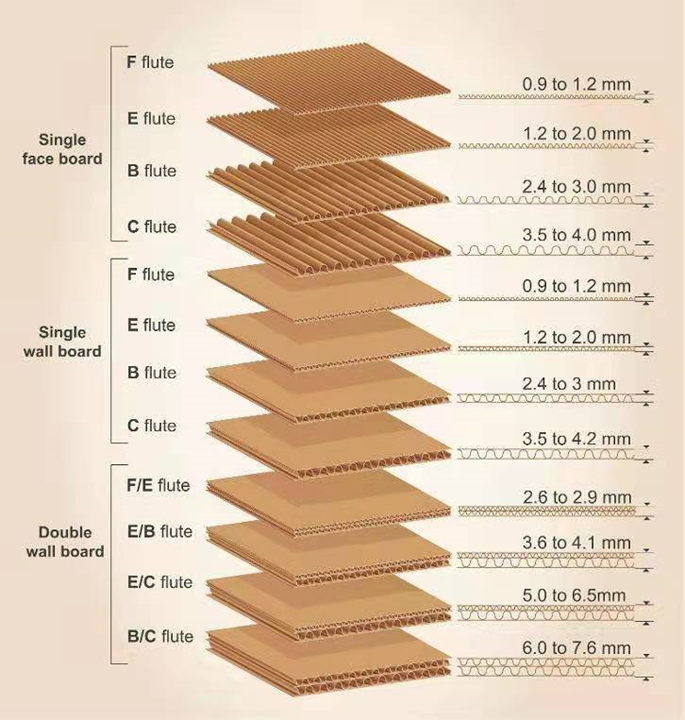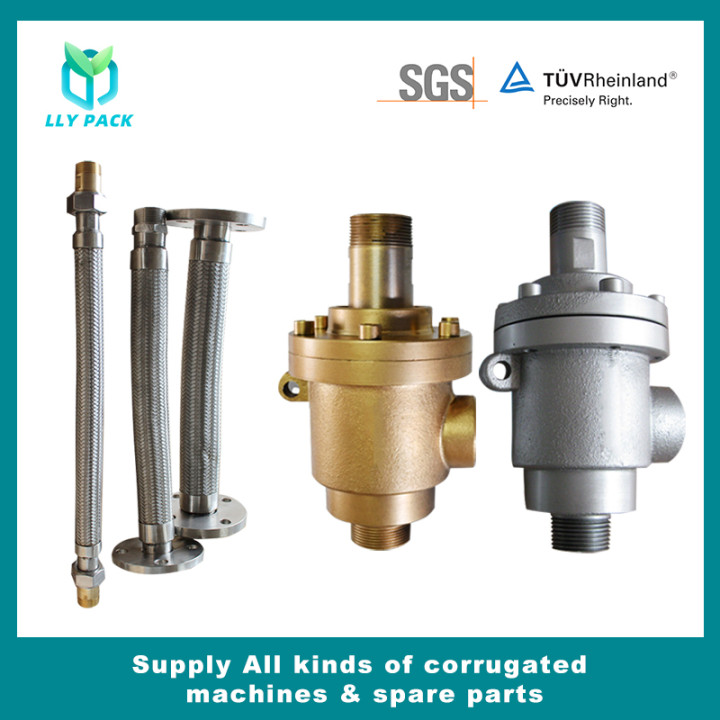Determination of carton packaging elements
When designing a carton package for a product, the designer first encountered these problems:
1. How much is it appropriate to put the quantity of goods and the weight of a single box in a carton? How to determine?
2. According to what determines the internal arrangement of the carton products, how to choose the best arrangement?
3. Is the length, width and height of the box designed to enhance carton strength and material savings?
The quantity, weight, arrangement of the products contained in the carton, the dimensions of the inside and outside of the carton, and the specifications of the corrugated board materials are the primary considerations because they ultimately determine the efficiency of the manufacture, storage, storage, use, and economy of the carton. Sex and overall functionality.
Single box weight
According to the practice of international trade, the weight of a single box of corrugated boxes, which are packaged for transporting consumer goods, is generally not more than 20 kg, and the maximum is 25 kg. The main consideration is the ease of operation of porters or clerk, and it is not easy to cause human injury and other factors. China's national standard specifies the maximum weight of a single-piece carton to be handled by 18 kg. Accordingly, the weight of a single piece of corrugated box cargo for general consumer goods is limited to 20 kg, which is reasonable.
Of course, buffered transport cartons for large and medium-sized industrial products should not be subject to this restriction.
The net weight of the packaged goods can be calculated by multiplying the quantity of the product in the product by the product unit weight. The weight (gross weight) of the whole carton must also include the weight (tare) of the carton itself and the spacer material.
It should be noted that it is appropriate to stipulate that the weight of a single box should not exceed 20 kg according to trade practices. However, it is not sensible to design carton boxes with too small weight, because small cartons contain fewer products and have higher relative material consumption rates. They also experience the same manufacturing process as large boxes. The production, use and packaging of small boxes The overall efficiency is not as good as the big box. Therefore, as far as possible, it should be as close as possible to 20kg in order to achieve maximum functionality.
Content quantity
The quantity of products contained in the carton is mainly determined by dividing the maximum allowable weight of the carton by the unit weight of the product.
Due to the consideration of the length, width and height of the internal product, which determines the overall size of the carton, the quantity of the contents is not optional or determinable. A number of different quantities may be considered in the design, and then determined according to the principle of not only satisfying the weight limit but also facilitating the flexible adjustment of the arrangement manner.
Specifically, the number of interior items should be chosen to have more decomposition factors, which is conducive to the adjustment of the length, width and height. For example, 7,11,13,17,19,23,29,41,43,47... should not be chosen, because these number decomposition factors are only 1 and their own, there is no other more arrangement method. On the contrary, if 12 items are selected, 12=1x2x2x3, there are 12x1x1, 6x2x1, 4x3x1, 3x4x1, and 3x2x2. 6x1x2 and many other available length, width and height arrangements. If you choose 10, 10 = 1 × 2 × 5, the available length, width and height arrangement is much less than 12. Therefore, between several values that are not too different from each other, you should generally choose more values that can be factorized. The traditional combination of the number of commodities on the market is more often used at 12 (a dozen) or multiples, which is obviously beneficial to the modularization and standardization of circulation.
Content arrangement
Refers to the number of products in the cartons inside the length, width and height of the three specific arrangements.
In fact, the internal arrangement of the product has been taken into consideration when determining the quantity of the contents. In addition to the selection of numbers, it also involves the structural strength of the carton and the amount of materials used.
In the aspect of length, width and height, we must first consider that the external dimensions of the box should conform to the limits based on ergonomic principles.
According to the carton strength test, the length and width ratio of the corrugated box is between 1.2 and 1.6, and the compressive strength is the best. At the same overall size (sum of height, width, and height), the compressive strength of the corrugated box decreases as the height of the corrugated box increases, because the stacking load is mainly distributed on the erected box board.
In fact, when using the top open box type, there is little room for size selection in the height direction. As the number of product layers increases, the height of the cabinet increases, which is not convenient for taking the object, and it is also not conducive to ensuring sufficient compressive strength.
However, if the height is too small, it will also have a negative effect. In this case, the ratio between the material used for the non-load bearing surface (top surface and bottom surface) and the material for carrying the upright box surface is higher, and the box with the higher degree of highness is higher, so the efficiency of the use of the carton material is poor. From the box unfolding chart of 0200, it is known that a carton with a small height under the same volume has a relatively high material usage rate.
External dimensions of the box
In addition to special shapes or transport boxes for large industrial products, human intervention in the transport and handling of general merchandise corrugated boxes is unavoidable. Many consumer goods need to be handled or unpacked by the clerk during the process of entering the store. If the external dimensions of the carton are unreasonable, the body of the cuddling space is too large, so that the arm waist is strained and the walking is difficult, resulting in fatigue or damage to the human operation. Japanese scholars have conducted tests on the handling of cartons of different weights and sizes. By measuring the indicators of human lungs and muscles in the center of the handling process, the human body has worked out changes in the efficiency of work and fatigue limits, resulting in an ergonomic box shape. size.
The general cargo carton length dimension, length plus width dimension, length, width and height should be limited as follows:
![]() Nload="(script removed)if(this.width>screen.width-333)this.width=screen.width-333" border="0" twffan="done" />
Nload="(script removed)if(this.width>screen.width-333)this.width=screen.width-333" border="0" twffan="done" />
The following describes the specific calculation method for corrugated carton size.
By multiplying the outer (in one direction) maximum dimension of a single product by the number of alignments in that direction, plus the thickness of the liner material, tolerance of the product gap, etc., the maximum dimension Xi in the box (in one direction) can be obtained.
Xi= xmax n + d (n-1) + T + ki
Xmax is the maximum outer size of the single piece of the contents;
n is the number of products arranged;
d is the number of tolerances (or gaps) between products in the interior (±1mm for small boxes, ±2mm for medium boxes, ±3mm for soft items, and +2mm/piece for hard items) ;
T is the sum of product spacers or pad material thickness;
Ki is the internal dimension correction factor (5 in L direction, 5 in B direction, 2 in small box, 4 in middle box, and 6 in large box).
The carton manufacturing dimension X is the size to be used for the die-cutting press line during manufacturing, ie the dimensions marked on the unfolded plan of the box blank. It is formed by the inner size plus the thickness of the corrugated board, plus a certain number of corrections. The number of corrections for manufacturing dimensions in the longitudinal and transverse directions each has two values. This is because the wall thickness of the overlapped (nail or sticky) part of the box blanks is increased, but it is also necessary to ensure geometrical squareness of the box space after forming. degree.
X = Xi + km
Km is the manufacturing size correction number, which is related to the thickness of the corrugated board, that is, the thickness of the board plus a tolerance number, see Table 1.
Table 1 Dimensional Factors for Manufacturing Type 0200 Corrugated Boxes












